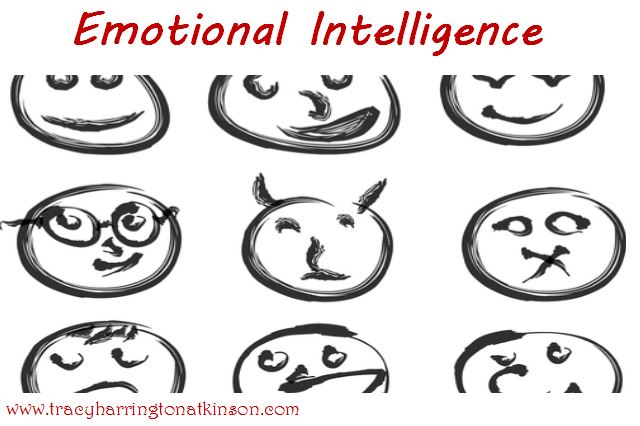Emotional intelligence is “the ability to monitor one’s own and others’ feelings and emotions, to discriminate among them and to use this information to guide one’s thinking and actions” (Cherry, 2013, para 1). This type of intelligence is further defined as behavior that “is reflected in the ability to think constructively and behave wisely. Intentional and self-directed behavior requires reflective thoughts. Wise and effective behavior requires the ability to regulate and express emotions in healthy ways. Emotional intelligence skills harmonize the cognitive and emotional minds and are essential to effective behavior” (Nelson, Nelson & Low, 2013, p. 1). 
It is critical for educators, especially of young students, to address their emotional needs. Guglielmino (2006) states that many adults fail at the ability to learn and feel incapable of succeeding in a learning capability because they have encountered too many obstacles for which they have no ability to overcome. Additionally, these obstacles are “compounded by the lack of traditional guidance services to assist them when returning to a formal educational settings. Many adult students also exhibit a greater fear of failure and need to be ‘other directed.’ They do not want to fail in the presence of their friends and family. These barriers to success often interfere with the adult student striving to become self-directed” (p 2).
Emotional intelligence can be taught through identifying specific techniques to distinguish emotions in particular situations which can be nurtured through the warm learning environment (Knowles, 1975). Students need to be given the opportunity to express themselves without criticism as these emotions are discerned. Lastly, educators need to consistently provide solutions, possibilities and resolutions for students in dealing with their feelings in “learning environments for students that are transformative in nature” through “constructive thinking, assertive communication, time management, goal achievement, commitment ethic, and stress management skills” which “are significant predictors of academic success and tested performance” (Low & Nelson, 2013, p. 2).
References:
Cherry, K. (2013). Emotional intelligence. Retrieved February 2, 2013 from http://psychology.about.com/b/2011/07/22/emotional-intelligence-psychology-definition-of-the-week.htm
Guglielmino, L. (2006). Promoting Self-Directed Learning for the Florida GED PLUS Student. Retrieved February 2, 2013 from www.floridatechnet.org/gedplus/2006Institute/SuccessfulDistanceLearning/PromotingSelfDirectedLearning2.pdf
Knowles, M. (1975). Self-directed learning: a guide for learners and teachers. Parsippany, New Jersey: Globe Fearon Press.
Low, G. & Nelson, D. (2013). Emotional intelligence. Retrieved February 3, 2013 from http://www.tamuk.edu/edu/kwei000/research/articles/article_files/ei_transformativelearning.pdf
Nelson, D., Nelson, K., & Low, G. (2013). Emotional intelligence: educating the right mind for the 21st century. Retrived February 3, 2013 from http://www.tamuk.edu/edu/kwei000/Research/Articles/Article_files/Emotional_Intelligence_Right_Mind.pdf
By Tracy Atkinson
Tracy Atkinson, mother of six, lives in the Midwest with her husband. She is a teacher, having taught elementary school to higher education, holding degrees in elementary education and a master’s in higher education. Her passion is researching, studying and investigating the attributes related to self-directed learners. She has published several titles, including Calais: The Annals of the Hidden, Lemosa: The Annals of the Hidden, Book Two, Rachel’s 8 and Securing Your Tent. She is currently working on a non-fiction text exploring the attributes of self-directed learners: The Five Characteristics of Self-directed Learners.

Comments are closed